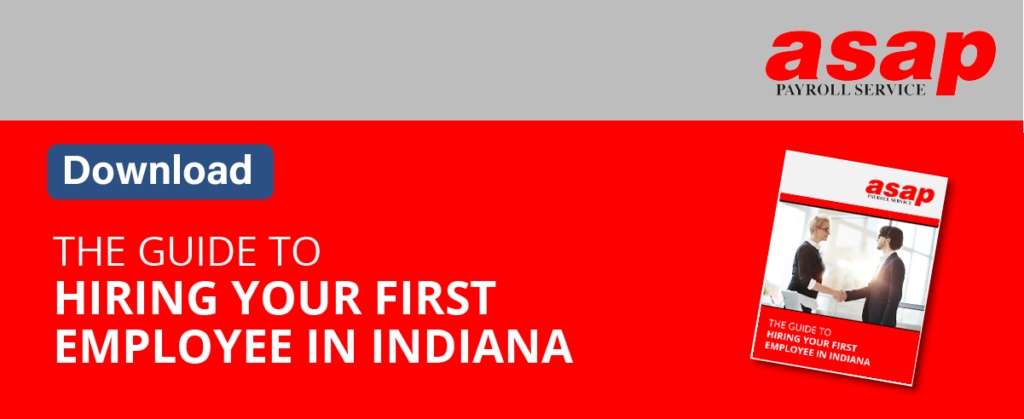A company that is hiring new employees is a company that is growing, but that does not mean that all of this growth is without cost. The true cost of bringing on a new employee is a lot higher than what most people think.
Advertising An Opening
The true cost of hiring a new employee begins at the moment that the position itself is posted for hiring. Job boards and other mediums of getting the word out about a job position will take a cut of money just to get involved with advertising the existence of said position to begin with. Thus, this is part of the calculation of a business that is looking to hire. The sooner that a company can fill a position, the less they spend on this opening expense.
Recruitment And Initial Paperwork
Candidates must be screened before they can become a full-fledged employee. Companies need to verify that the person that they are investing such resources in actually has the ability to pan out for them as a quality employee. This cost can be quick expensive. Investopedia.com has a nice summary of many of the initial steps required to bring a new candidate onboard:
Just the price of finding the right person to hire can be hefty. There are various potentially high costs just in the process of recruiting, according to business consultant William G. Bliss, president of Bliss & Associates Inc.. These include advertising the opening, the time cost of an internal recruiter, the time cost of a recruiter’s assistant in reviewing resumes and performing other recruitment-related tasks, the time cost of the person conducting the interviews, drug screens and background checks, and various pre-employment assessment tests.
These steps are costly but are a necessary evil to obtain a quality candidate that can relied upon to show up when they are supposed to and perform the work tasks that are assigned to them.
Salary Negotiations And Decisions
The salary of the employee is one of the stickiest negotiating points of the whole discussion of bringing someone new onboard. Employers have a lot of responsibility here as they must determine what a fair salary is while at the same time not over committing and costing themselves excessive amounts of money. There are other factors to consider as well such as:
- Will this employee be part-time or full-time?
- Will the employee be paid hourly or salaried?
- What is the rate that will be paid for any overtime (a minimum of 1.5x the standard hourly payment is required)?
- What kind of schedule will the employee be asked to work?
- How will holiday pay work?
- What kind of personal time off (PTO) will be available to the employee?
- Will PTO be paid out to the employee when they leave the job?
Salaries are constantly in flux as the market assigns different values to different jobs over time. Employers must keep an eye out for what is considered a fair wage for the work that they have to offer and must look at what their competitors are paying as well. Attracting the top talent means at least matching what the competition has to offer.
Training
No new employee walks through the door knowing how to perform the job that they have just been hired for perfectly. Everyone requires some level of training before they can be set out on their own to accomplish what they need to. That training costs significant amounts of money in the form of time. A more trained employee typically has to take time away from their usual tasks in order to help work with the new hire. They are taking time out of their productive day and the new hire still has to be paid for their time as well even though they are still just learning how to do the work. It is an expensive time for the employer to be sure.
Tax Expenses
The Federal government requires certain taxes be paid by an employer and certain taxes be paid by the employee. FICA is one form of tax that both parties pay a portion of, and this helps cover the employee’s responsibilities towards Medicare and Social Security. Additionally, workers compensation is covered by the employer.
This is by no means a comprehensive list of the overall costs of hiring a new employee, but it does help to sum up some critical areas that employers have to think about before adding to their head count. Please contact us with any additional questions or inquiries regarding the cost of hiring a new employee.





